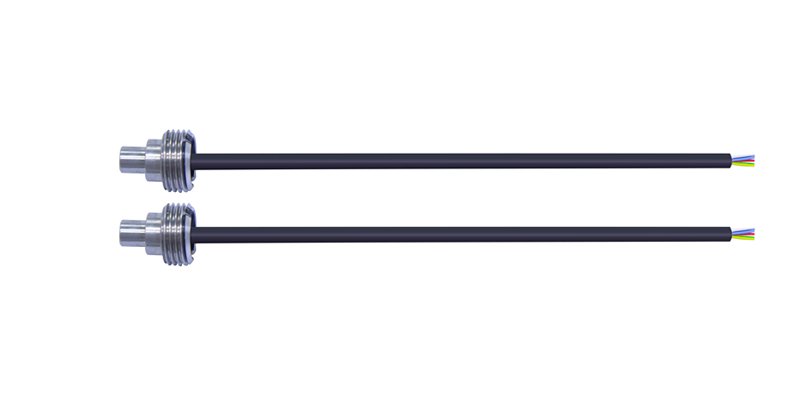Emballage du capteur à petite pression avec compensation intégrée en plusieurs étapes!
Cet article prend le point de vue de la facilité de la facilité d'intégration du système et des sorties utilisables directement pour l'échantillonnage ADC ou les amplificateurs en aval, Se concentrer sur l'emballage SOP de petite taille avec des capteurs de pression de compensation à plusieurs étapes intégrés. Il souligne comment l'emballage affecte la disposition et la fiabilité des PCB, Comment la compensation maintient la stabilité sur toute la plage de température, et comment les tests de production à la production contrôle la précision et la cohérence - les ingénieurs et les décideurs techniques pour faire des sélections éclairées au début de la conception.











